OdishaPlus bureau
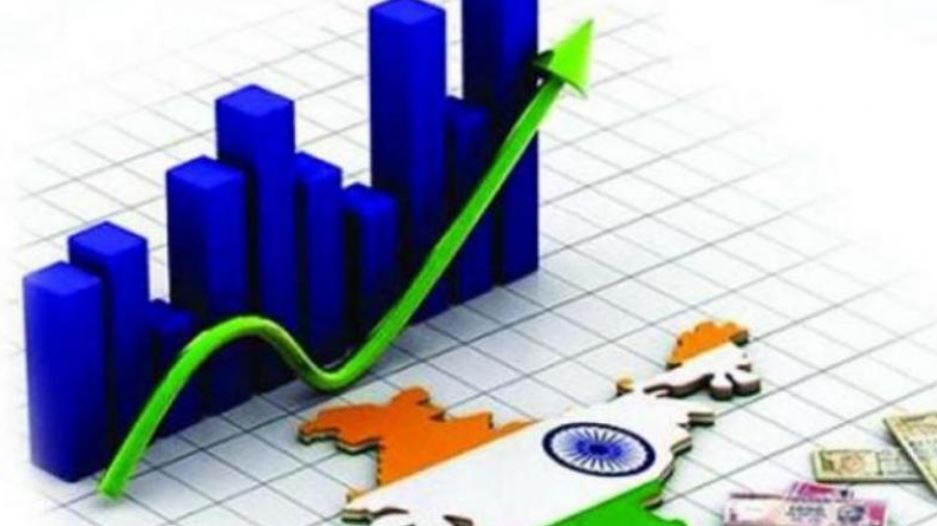
- Economy expected to grow at 6.8 per cent in 2018-19
- Fiscal Deficit of 3% of GDP by FY 2020-21
- Central Government debt to 40% of GDP by 2024-25
- Targeted Improving Quality of Expenditure is key Priority
- Broadening and Deepening the Direct Tax base and Stabilization of Goods and Services Tax are the Other Priorities
- Total Transfers to States rose by 1.2 % age points of GDP from 2014-15 to 2018-19 RE
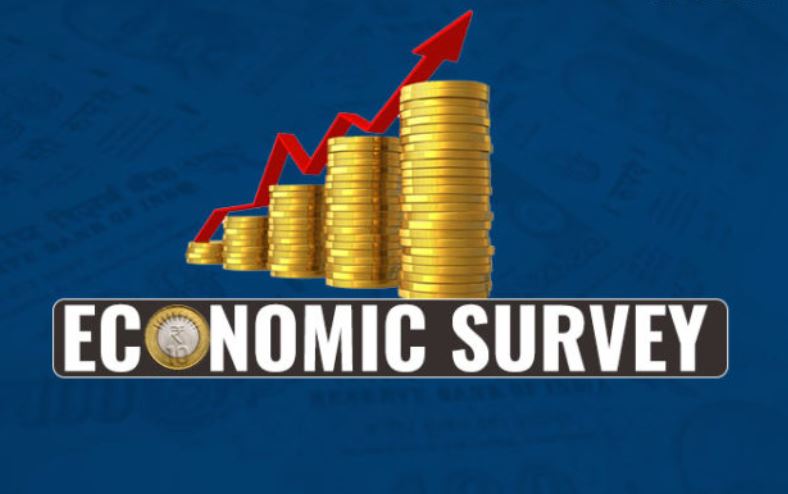
The Economic Survey 2018-19 says the General Government (Centre plus States) has been on the path of fiscal consolidation and fiscal discipline. It says revenue augmentation and expenditure reprioritization and rationalization continue to be integral to fiscal reforms. “Broadening and deepening the direct tax base and stabilization of Goods and Services Tax are the other priorities. Improving the quality of expenditure remains the key priority. Meeting allocational requirements without diversion from the newly revised fiscal glide path remains the foremost challenge. Despite several headwinds, Indian economy is expected to grow at 6.8 per cent (as per provisional estimates released by Central Statistics Office) in 2018-19 while maintaining macro-economic stability. The growth with macro-stability stems mainly from ongoing structural reform, fiscal discipline, efficient delivery of services and financial inclusion”, says the Survey. The Union Minister for Finance and Corporate Affairs, Smt. Nirmala Sitharaman tabled the Economic Survey 2018-19 in Parliament today.
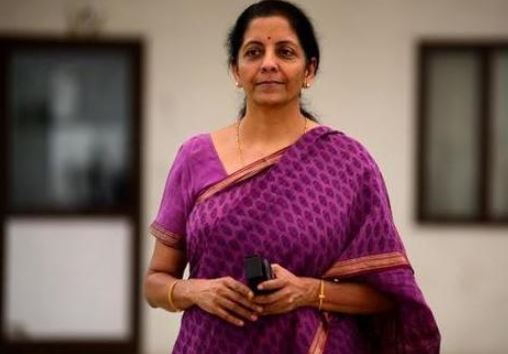
The revised fiscal glide path envisages achieving fiscal deficit of 3 per cent of GDP by FY 2020-21 and Central Government debt to 40 per cent of GDP by 2024-25. The Survey notes the Medium Term Fiscal Policy Statement presented along with the Union Budget 2018-19 aimed to reach the fiscal deficit target of 3.3 per cent of GDP in 2018-19 BE. “The FY 2018-19 has ended with fiscal deficit at 3.4 per cent of GDP and debt to GDP ratio of 44.5 per cent (Provisional). As per cent of GDP, total Central Government expenditure fell by 0.3 percentage points in 2018-19 PA over 2017-18, with 0.4 percentage point’s reduction in revenue expenditure and 0.1 percentage point increase in capital expenditure. With respect to States finances, their own tax and non-tax revenue display robust growth in 2017-18 RE which is envisaged to be maintained in 2018-19 BE” says the document.
The Survey adds that combined liabilities of Centre and States have declined to 67 per cent of GDP as on end-March 2018 from 68.5 per cent of GDP as on end-March 2016. The fiscal deficit of General Government is further expected to decline from 6.4 per cent of GDP in 2017-18 RE to 5.8 per cent of GDP in 2018-19 BE.

The Survey notes that Budget 2018-19 was presented with an optimistic scenario of the investment and trade cycle as the background. The budget reiterated the objective of fiscal consolidation and was also marked by the introduction of a new fiscal targeting framework with focus on reducing debt and fiscal deficit. Budget 2018-19 envisaged a growth of 16.7 per cent in Gross Tax Revenue (GTR) over 2017-18 Revised Estimates (RE). It was estimated at Rs. 22.7 lakh crore, which was 12.1 per cent of GDP. However, the growth in GTR for 2018-19 Provisional Actuals (PA), though lower than envisaged in the budget estimate, shows an increase of 8.4 per cent over 2017-18. Owing to improved performance of corporate tax, direct taxes have grown by 13.4 per cent in 2018-19 PA over 2017-18, the Survey states.
Central Government finances over the last several years have seen an improvement in the tax to GDP ratio, consolidation of revenue expenditure, gradual tilt towards capital spending and consistent decline in total liabilities of the Central Government. All these have resulted in a progressive reduction in primary and fiscal deficits over the years, says the document.
Economic Survey 2018-19 says comparison of Provisional Actuals with Budget Estimates for the year 2018-19 reveals that Government has been able to contain fiscal deficit at 3.4 per cent of GDP through compression of Government expenditure, wherein the entire reduction is in revenue expenditure. The Survey notes that quality of expenditure reflected in the share of capital expenditure in total expenditure improved in 2018-19 PA over 2017-18.
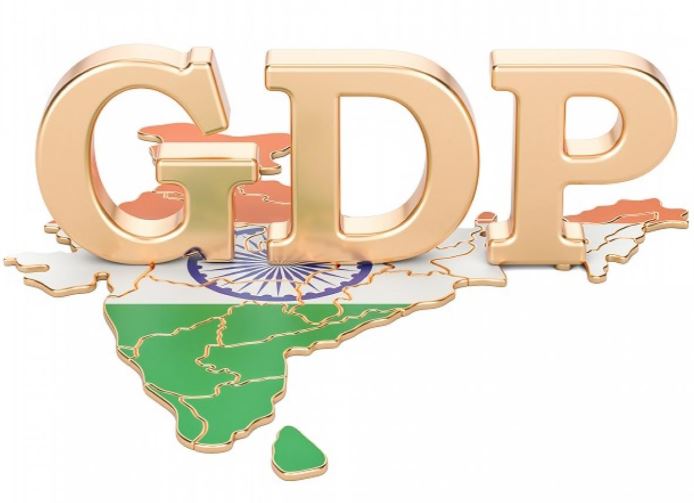
Survey also says that total transfers to States have risen between 2014-15 and 2018-19 RE by 1.2 percentage points of GDP. Total liabilities of the Central Government (as a ratio of GDP), has been consistently declining, particularly after the enactment of the Fiscal Responsibility and Budget Management Act, 2003. “This is as an outcome of both fiscal consolidation efforts as well as relatively high GDP growth” notes the Survey.
Total liabilities of the Central Government at end-March 2019 stood at Rs. 84.7 lakh crore of which 90 per cent was public debt. Most of the public debt has been contracted at fixed interest rate making India’s debt stock virtually insulated from interest rate volatility. This lends certainty and stability to budget in terms of interest payments. The other salient feature is the gradual elongation of the maturity profile of the Central Government debt leading to reduced rollover risks.
Economic Survey 2018-19 says State budgets expanded considerably in 2017-18 RE over 2016-17 on account of increase in revenue expenditure. On the revenue front, States’ own tax and non-tax revenue display robust growth in 2017-18 RE which is envisaged to be maintained in 2018-19 BE. The document concludes there has been improvement in fiscal deficit to GDP ratio in 2017-18 RE when compared to 2016-17.
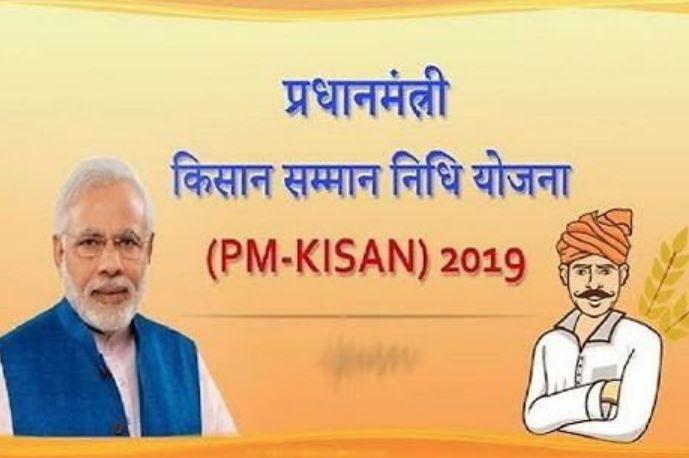
The Economic Survey cautions that the coming year will pose several challenges on the fiscal front. Firstly, there are apprehensions of slowing of growth, which will have implications for revenue collections. Secondly, the financial year 2018-19 has ended with shortfall in GST collections. Therefore, revenue buoyancy of GST will be key to improved resource position of both Central and State Governments. Thirdly, resources for now expanded Pradhan Mantri KisanSamman Nidhi (PM-KISAN) and Ayushmaan Bharat, as well as new initiatives of the new Government, will have to be found without compromising the fiscal deficit target as per the revised glide path. Fourthly, US sanctions on oil import from Iran is likely to have impact on oil prices and thereby on the petroleum subsidy, apart from implications for current account balances. Finally, Fifteenth Finance Commission will submit its report for next five years beginning April 2020. Its recommendation especially on tax devolution will have implications for Central Government finances.
Source: PIB






















